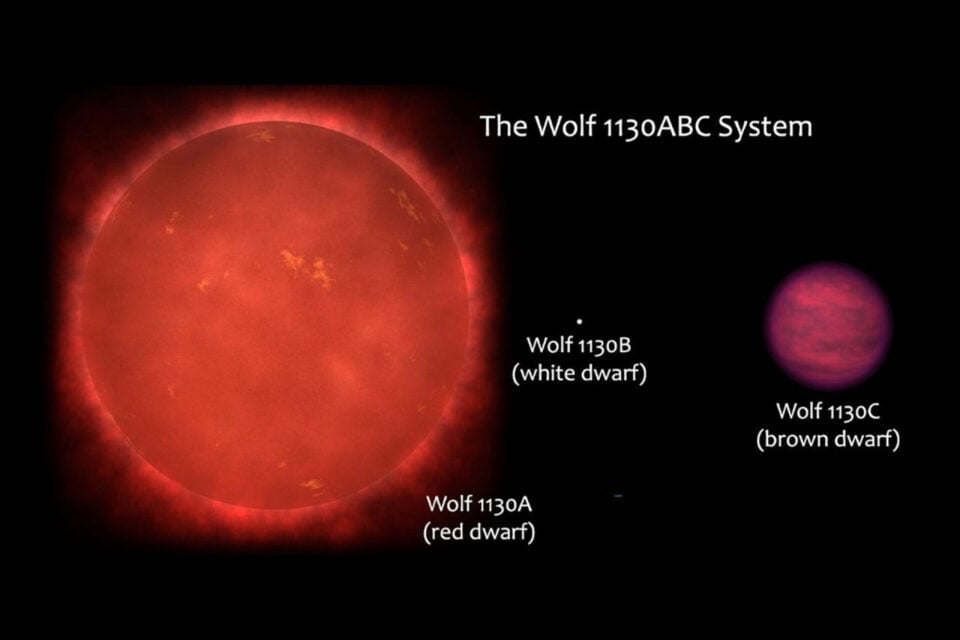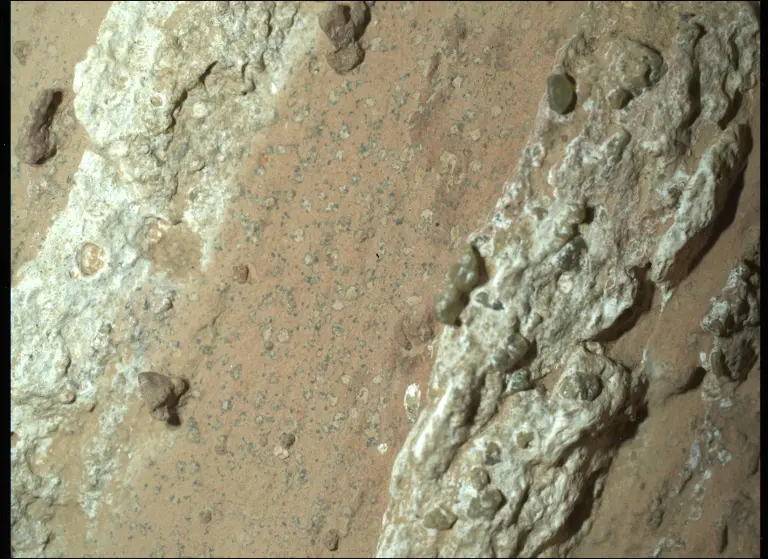
The finding suggests phosphine—a potential biosignature—shouldn’t be viewed as evidence of alien life until natural, non-biological sources are ruled out.

A sample collected by NASA’s Perseverance Mars rover from an ancient dry riverbed in Jezero Crater could preserve evidence of ancient microbial life.

Astronomers have detected the most promising signs yet of a possible biosignature outside the solar system, although they remain cautious.

Nasa has announced the first detection of possible biosignatures in a rock on the surface of Mars.

The vast majority of exoplanets are uninhabitable. For the few that may be habitable, we can only determine if they are by examining their atmospheres. LIFE, the Large Interferometer for Exoplanets, can help.

Recently scientists have determined that no known process can be pumping out the amount of methane observed spewing from Saturn's moon Enceladus. That means it could be biological in origin.

When light shines on biological matter, part of the wavelength of the light that is reflected back is curled in either a clockwise or counterclockwise spiral. Astrobiologists used this phenomena in their remote sensing technique.

A research into how life evolved on Earth has shown that water alone does not guarantee life – nor does the presence of oxygen gas. And that two other major biosignatures, carbon dioxide and carbon monoxide could be needed.

Nexus for Exoplanet Systems Science, or NExSS project's mission is to be able detect extraterrestrial “biosignatures” using current and future technologies.